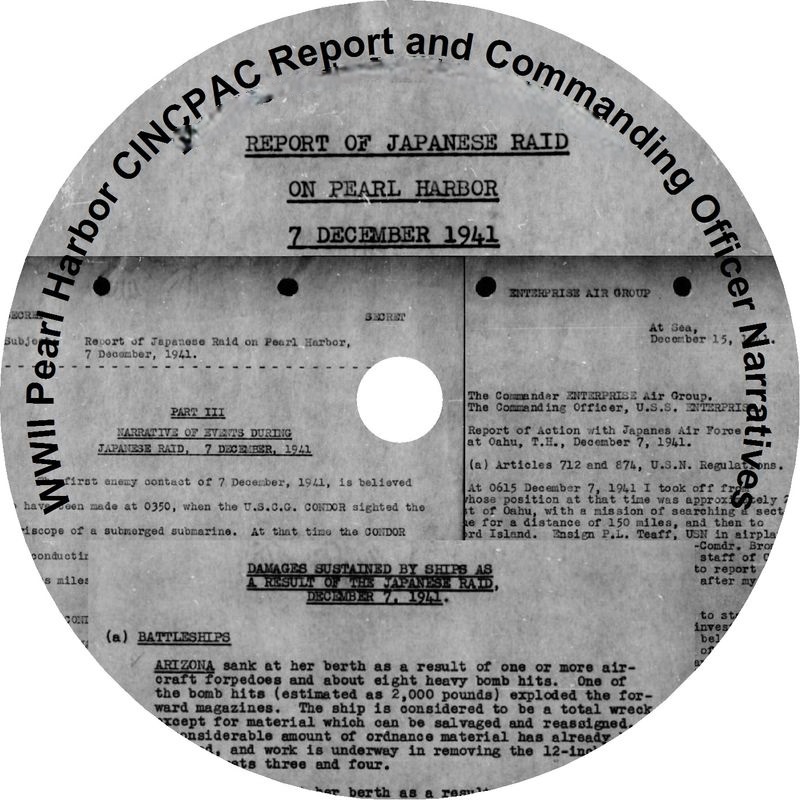
World War II: Documents of Pearl Harbor’s Commander-in-Chief, U.S. Pacific Command (CINCPAC)
$19.50
Description
Pearl Harbor Attack: CINCPAC Report Analysis
Timeline of Events (Based on CINCPAC Report)
- Prior to December 7, 1941: The report details the “Situation in Pearl Harbor Just prior to Japanese Raid,” which suggests a detailed account of the U.S. Pacific Fleet’s disposition and activities. This includes organizational structures and readiness levels.
- Phase I: 0755-0825 – Combined Torpedo Plane and Dive Bomber Attacks: The Japanese attack begins with a coordinated assault using torpedo planes and dive bombers.
- Phase II: 0825-0840 – Lull in Attacks: A brief pause in the attack occurs, although the report notes this is an artificial division of the continuous action.
- Phase III: 0840-0915 – Horizontal Bomber Attacks: The Japanese shift to using horizontal bombers in the attack.
- Phase IV: 0915-0945 – Dive Bomber Attacks: The Japanese resume their dive bomber attacks.
- Phase V: 0945 – Waning of Attacks and Completion of Raid: The Japanese attack diminishes and ultimately ends.
- February 15, 1942: The CINCPAC report titled “Report of Raid on Pearl Harbor, 7 December, 1941,” is completed and submitted to the Secretary of the Navy.
Cast of Characters (Based on CINCPAC Report)
- Commander-in-Chief, U.S. Pacific Command (CINCPAC): This is the top position in the Pacific Command during the time covered in the report. The specific individual holding the position is not named in the provided source, but the report itself is from his office.
- Bio: The highest-ranking naval officer in the Pacific theater, responsible for the overall command and strategy of the U.S. naval forces in the Pacific region. The primary recipient of reports, including those of the Pearl Harbor attack.
- Commanding Officers: The document references “narrative reports of Commanding Officers.” This implies that multiple officers on ships or at shore installations wrote first-hand accounts of what they observed during the Pearl Harbor attack.
- Bio: These are officers in charge of various commands like individual ships or naval units and likely the subordinate commanders of CINCPAC who were directly involved in the attack and reported on their experiences for the report. Their reports would have contributed the detailed “narrative” portion of the document.
Important Notes:
- The source focuses primarily on the events of the attack itself, the organizational structure of the U.S. Pacific Fleet, and the immediate aftermath. It does not include information about the Japanese perspective or planning of the attack.
- The source emphasizes the operational aspects of the raid, using a phase-based timeline to analyze the actions. This approach is for clarity and analysis rather than reflecting a true break in the attack itself.
- The actual names of the Commanding Officer and the CINCPAC are not included, however, the report’s content implies there were many, and that the report was submitted from the CINCPAC’s office.
- The report itself has a distinct structure with four main parts, demonstrating a methodical analysis of the Pearl Harbor attack and a thorough documentation of what transpired.
World War II: Documents of Pearl Harbor’s Commander-in-Chief, U.S. Pacific Command (CINCPAC)
World War II: Pearl Harbor: Commander-in-Chief, U.S. Pacific Command (CINCPAC) Report and Commanding Officers’ Narratives
This document consists of 850 pages and was completed in February 1942, detailing the Japanese attack on Pearl Harbor that occurred on December 7, 1941. The report, titled “Report of Raid on Pearl Harbor, 7 December, 1941,” was submitted to the Secretary of the Navy on February 15, 1942. The actual content of this report remained classified until January 2013. It provides an overview of the U.S. Pacific Fleet’s activities. Before 2002, the leader of United States Pacific Command was known as the Commander-in-Chief, U.S. Pacific Command (CINCPAC).
A key part of the report features firsthand accounts from commanding officers regarding the Pearl Harbor attack.
The report is organized into five phases, though it notes that this division is somewhat arbitrary and does not fully capture the ongoing events of December 7, 1941; however, it does help clarify the narrative.
The phases are outlined as follows:
Phase I – 0755-0825: Combined attacks by torpedo planes and dive bombers. Phase II – 0825-0840: A brief pause in the attacks. Phase III – 0840-0915: Attacks by horizontal bombers. Phase IV – 0915-0945: Dive bomber assaults. Phase V – 0945: Decrease in attacks and conclusion of the raid.
The report is structured into four sections:
Part I – Organization.
Part II – Conditions at Pearl Harbor immediately before the Japanese attack on December 7, 1941.
Part III – A narrative of the events during the Japanese attack on Pearl Harbor, including graphic illustrations.
Part IV – Reports on casualties, damage, ammunition, recommendations for commendations, narratives from commanding officers, and supplementary materials.
Included in the report are chart diagrams that illustrate each phase of the Pearl Harbor raid. Graph illustrating the number of enemy aircraft destroyed by anti-aircraft fire.
Graph displaying the number of naval missions conducted on December 7, 1941.
Combined graphical representation of the complete operation.
Image of enemy horizontal bombers.
Report detailing damages to ships.
Report detailing damages to aircraft.
Written accounts from commanding officers.
Graphical reports from commanding officers
Related products
-
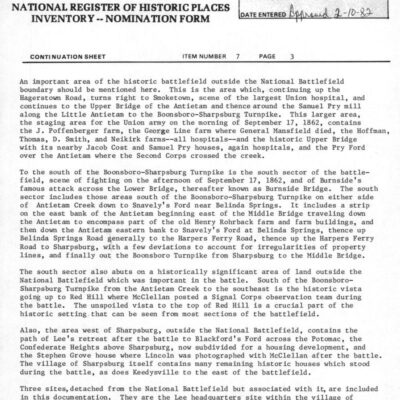

Civil War: Battle of Antietam (Sharpsburg) – National Park Service Archives
$9.99 Add to Cart -
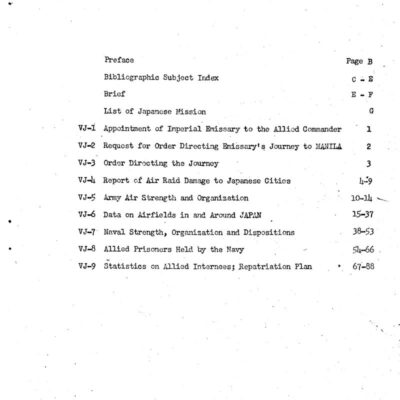
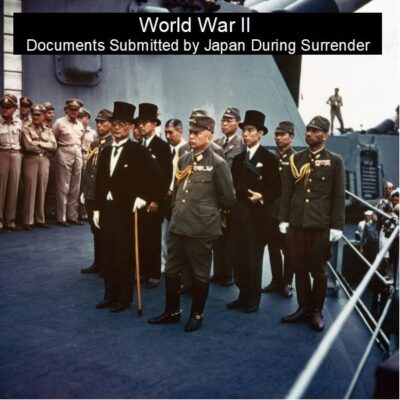
Japan’s Surrender Documents from World War II
$1.99 Add to Cart -
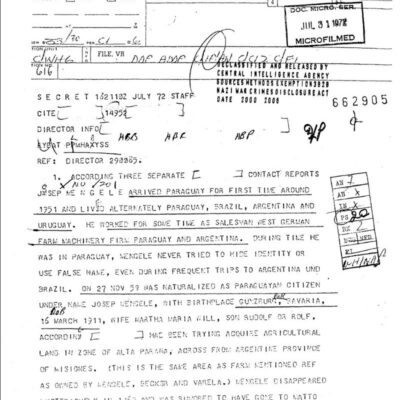
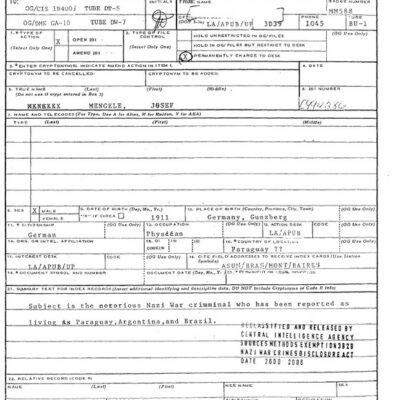
Josef Mengele CIA Files
$19.50 Add to Cart -
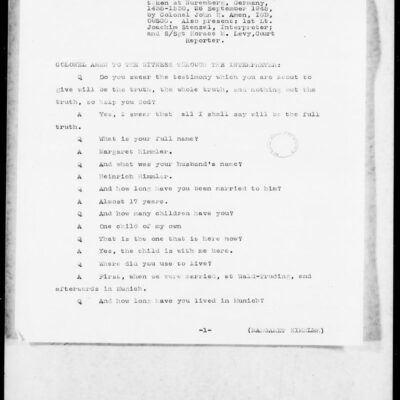
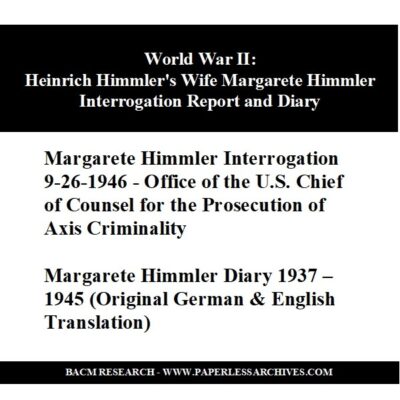
World War II: Interrogation Report and Diary of Margarete Himmler, Wife of Heinrich Himmler
$3.94 Add to Cart